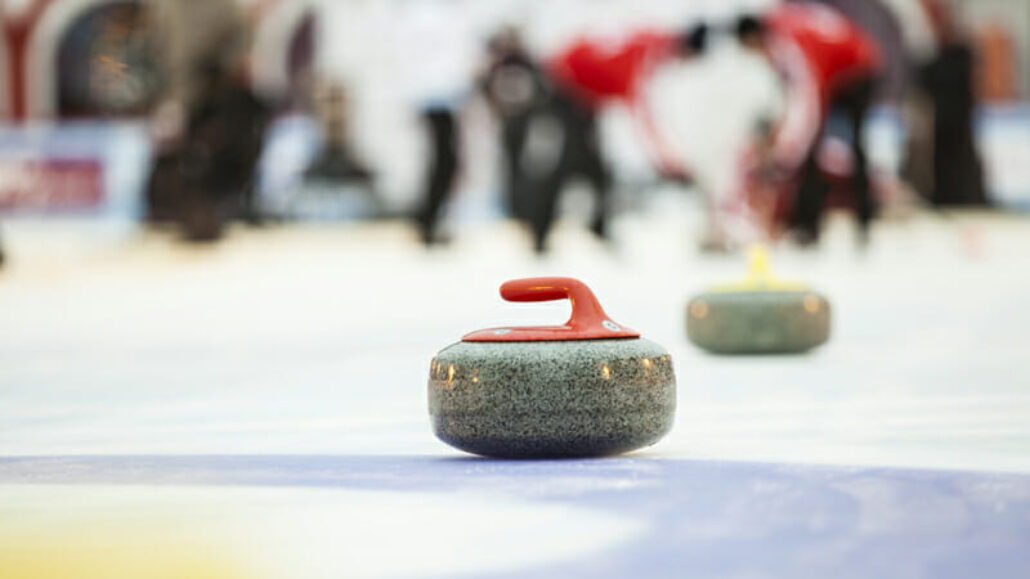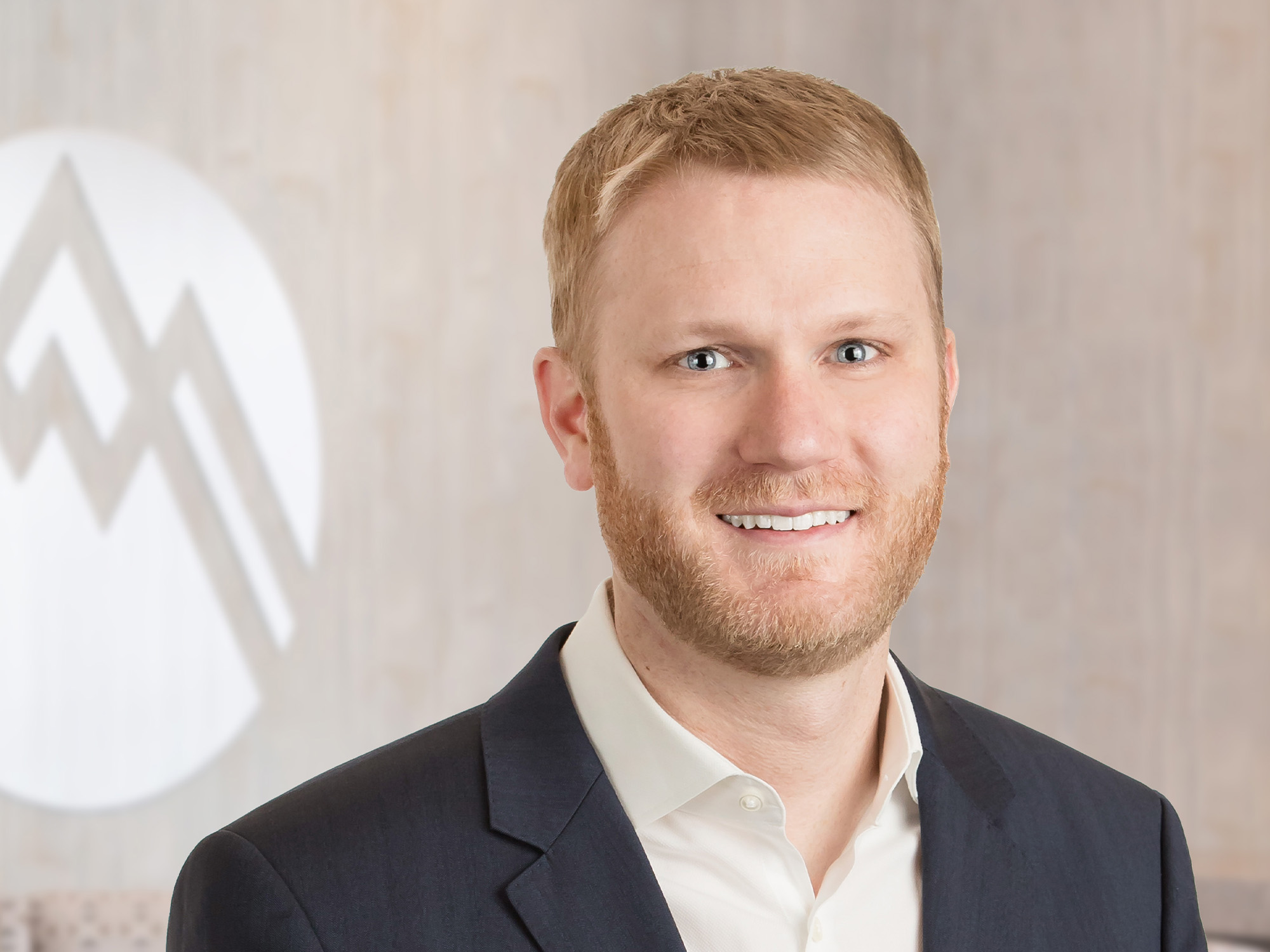Our U.S. curling team made the path to Olympic gold look easy, but this Minnesota sport isn’t as easy as it looks.
The 2018 U.S. Olympic Curling Team made sliding and sweeping a stone across ice look easy—but looks can be deceiving. Sports medicine expert Dr. Jack Skendzel discusses the physicality of this popular Minnesota sport, explaining how Summit’s subspecialty sports medicine teams offer a full range of focused treatments and preventative resources to keep curlers safely on the ice.
The physical challenges of curling
“This is a game that requires Olympic players to precisely control a 42-pound granite stone while lunging on one leg—across ice,” explains Dr. Skendzel. “Then, sweepers step in. They have the most physically demanding role in the sport. Their hard, fast sweeping literally influences the stone’s trajectory. Add to that the fact that curling is one of the longest of Olympic sports. The typical game lasts 2.5 hours. Olympic curlers play up to 14 games to get to the podium, and may play two games in a single day. That’s up to 35 hours of competitive Olympic play. The game may look easy, but curling demands strength, cardiovascular endurance, and balance.”
What it takes to be a world-class curler
The two principal curling skills are stone delivery and sweeping. “These skills require repetitive upper limb use and sustained knee and spine flexion,” Dr. Skendzel explains. “The training regimen for international competitors is focused on building core, back, shoulder, and chest muscles through carefully designed conditioning programs. Competitive curlers need resistance, cardiovascular, balance, core, and flexibility training to prepare for the unique demands of their sport. And they have sports medicine orthopedic needs just like any other athlete.”
Common curling injuries
The most common injuries reported by curlers involve musculoskeletal pain of the knee, back, and shoulder. “You might predict that the role of stone delivery would take more of a toll on players,” says Dr. Skendzel. “But a study of curler injuries suggests that sweeping may be a greater overall risk factor for injury. Beyond the physical demands of the game itself, falls on the ice are another injury risk. Curling injuries can affect the knee, spine, shoulder, hand, and wrist. Summit’s subspecialty teams of sports medicine physicians offer the focused, expert care that these athletes need.”
Injury prevention is Summit’s objective
“Although injuries do occur among curlers, this is still a very safe sport, especially when compared to other winter sports,” Dr. Skendzel points out. “Skiing, snowboarding, and ice hockey all have considerably higher injury rates. Research data about curling risks puts Summit in an excellent position to provide preventative care before an injury occurs. Curlers can work with our performance specialists to develop a personalized conditioning program. If they are injured, our ASCEND program offers athletes the extra help they need to return to peak performance.”
“Curling is a cool sport,” grins Dr. Skendzel. “The 2018 Winter Olympics made curling even cooler. We love an underdog, especially when the underdog is from our home state! Minnesotan Herb Brooks pulled off the Miracle on Ice with his hockey team in 1980. This year, John Shuster’s group of mostly Minnesotan curlers—dubbed The Rejects—slid and swept their way to Olympic gold. That’s crazy and wonderful and makes me proud to care for our athletes. Every competitor has a dream, and I’m here to support the athletic journey of each patient. Because you never know when a dream is going to strike gold.”
Summit Orthopedics offers comprehensive sports medicine expertise
From Olympians to pro athletes to kids in youth sports and those that just want to be more active—Summit Orthopedics delivers expert care by fellowship-trained sports medicine physicians. If you are recently injured or concerned about ongoing pain, Summit Orthopedics sports medicine specialists have the expertise to evaluate your discomfort and develop a plan to quickly and safely help you get back to being active.
Start your journey to stronger, healthier athletic condition. Find your sports medicine expert, request an appointment online, or call us at (651) 968–5201 to schedule a sports medicine consultation.
Summit has convenient locations across the Minneapolis-St. Paul metro area, serving Minnesota and western Wisconsin. We have state-of-the-art centers for comprehensive orthopedic care in Eagan, MN, Vadnais Heights, MN, Plymouth, MN, and Woodbury, MN, as well as several additional community clinics.
More resources for you
- Read about about exercises designed to improve your balance
- Why ACL Injuries Didn’t Stop Olympian Lindsey Vonn

